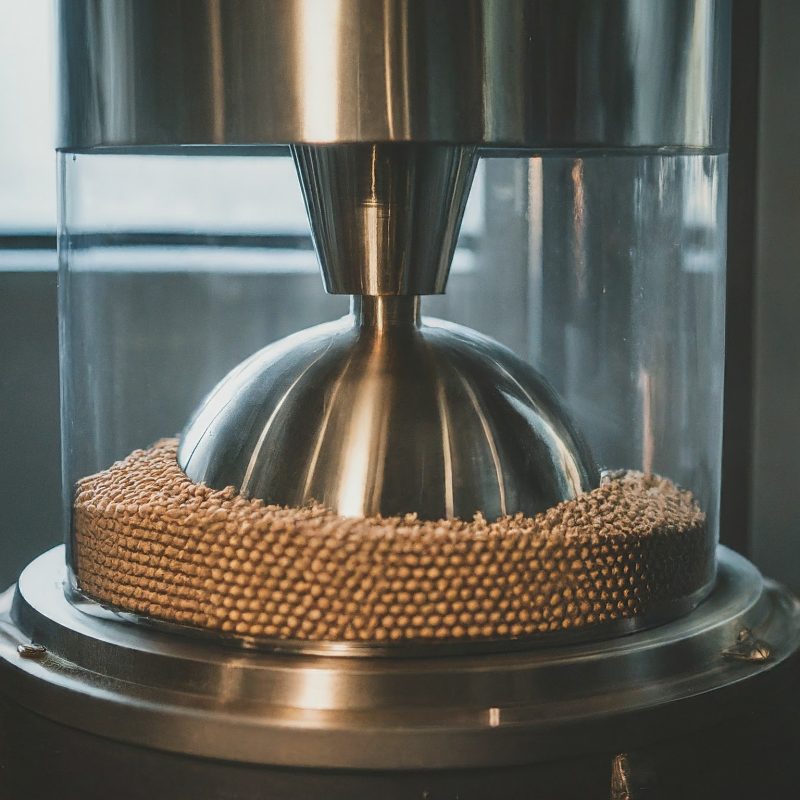How to Buy a Planetary Ball Mill in India: A Mechanical Design Perspective
Introduction

The planetary ball mill, a high-energy grinding equipment, is indispensable in numerous research and industrial applications. Its capacity to reduce particle size to nanometer levels, homogenize materials, and facilitate mechanical alloying has made it a cornerstone in fields ranging from materials science to pharmaceuticals. In India, with its growing industrial and research landscape, the demand for efficient and reliable planetary ball mills is on the rise. This article provides a comprehensive guide to purchasing such equipment, focusing on the mechanical design aspects crucial for making an informed decision.
Source icon
Understanding the Planetary Ball Mill
Before delving into the procurement process, it is essential to grasp the fundamental principles of planetary ball mills. This machine consists of a central sun wheel and one or more satellite vessels. The sun wheel rotates around its axis, while the satellite vessels revolve around it in the opposite direction. Grinding media, typically steel or ceramic balls, are placed within the vessels. The complex combination of these rotational movements imparts high-energy impacts to the material, leading to effective particle size reduction.
Source icon
Key Considerations for Selection
- Material Characteristics
The physical and chemical properties of the material to be ground are paramount in determining the appropriate ball mill. Factors to consider include:
Hardness: Hard materials necessitate harder grinding media and robust mill construction.
Particle size distribution: The desired final particle size dictates the mill's capacity and grinding media selection.
Material quantity: The batch size determines the required vessel volume.
Abrasiveness: Highly abrasive materials may require specialized liners or grinding media.
- Grinding Media
The choice of grinding media significantly impacts the milling efficiency and product quality. Factors to consider:
Source icon
Material: Steel, ceramic, agate, or tungsten carbide are common choices, each with its own advantages and limitations.
Size and shape: The media size and shape influence the grinding intensity and particle size distribution. Loading ratio: The ratio of grinding media to material affects the milling efficiency.- Mill Capacity and Speed
The required throughput and desired particle size determine the necessary mill capacity. The rotational speed of the sun wheel and satellite vessels is critical for achieving optimal grinding results. Excessive speed can lead to agglomeration or overheating, while insufficient speed may result in inadequate grinding.
- Mill Construction
The material of construction for the mill body, vessels, and liners is crucial for durability and contamination prevention. Factors to consider:
Corrosion resistance: The material should be compatible with the process chemicals.
Hardness: The mill components must withstand the impact forces generated during grinding.
Contamination: The material should not introduce impurities into the product.- Drive System and Motor
The drive system and motor selection are vital for reliable and efficient operation. Factors to consider:
Torque requirements: The motor must provide sufficient torque to accelerate the grinding media.
Speed control: Accurate speed control is essential for consistent grinding results.
Cooling: Adequate cooling is necessary to prevent overheating.- Safety Features
Safety is paramount in any industrial process. Essential safety features include:
Emergency stop button
Interlocking safety devices
Noise reduction measures
Adequate ventilationEvaluation of Manufacturers and Suppliers
Selecting a reliable manufacturer or supplier is crucial for ensuring the purchase of a high-quality planetary ball mill. Key factors to consider:
Experience and reputation: Look for manufacturers with a proven track record in the industry.
Technical expertise: The supplier should possess in-depth knowledge of ball milling technology.
After-sales service: Reliable after-sales support is essential for addressing any issues.
Cost-benefit analysis: Evaluate the overall cost of ownership, including purchase price, operating costs, and maintenance expenses.Installation and Commissioning
Proper installation and commissioning are essential for optimal performance and safety. Key steps include:
Leveling the mill
Checking electrical connections
Installing grinding media
Test runs under controlled conditionsMaintenance and Troubleshooting
Regular maintenance is crucial for prolonging the mill’s lifespan and ensuring consistent performance. Common maintenance tasks include:
Cleaning and inspection
Lubrication
Replacement of worn parts
Troubleshooting common issuesConclusion
Selecting the right planetary ball mill for your specific application requires careful consideration of various factors. By understanding the fundamental principles of ball milling and conducting a thorough evaluation of available options, you can make an informed decision that maximizes efficiency and productivity.
Note: This article provides a general overview of the factors to consider when purchasing a planetary ball mill in India. Specific requirements and constraints may vary depending on the application. It is recommended to consult with experts in the field for tailored guidance.
Would you like to delve deeper into a specific aspect of planetary ball mills, such as grinding media selection, mill design, or safety considerations?
